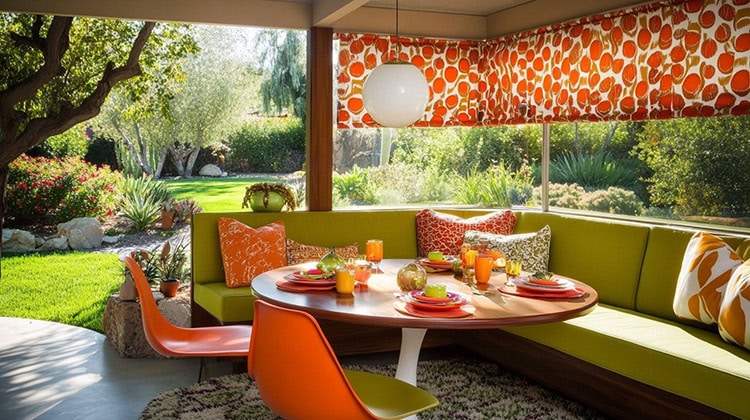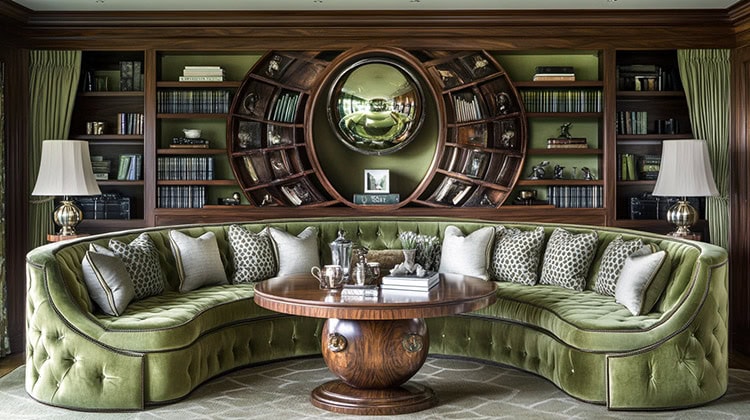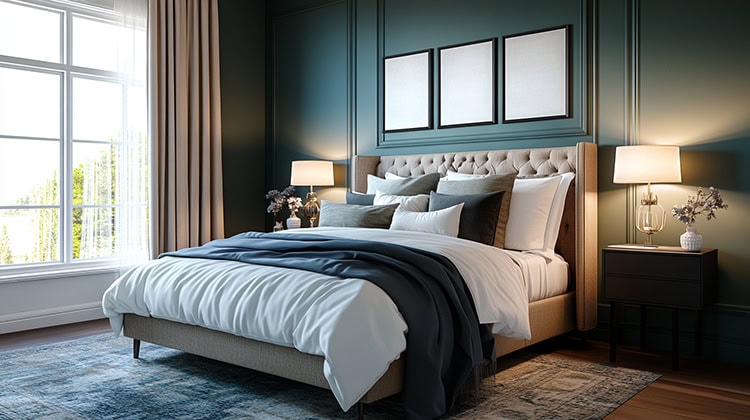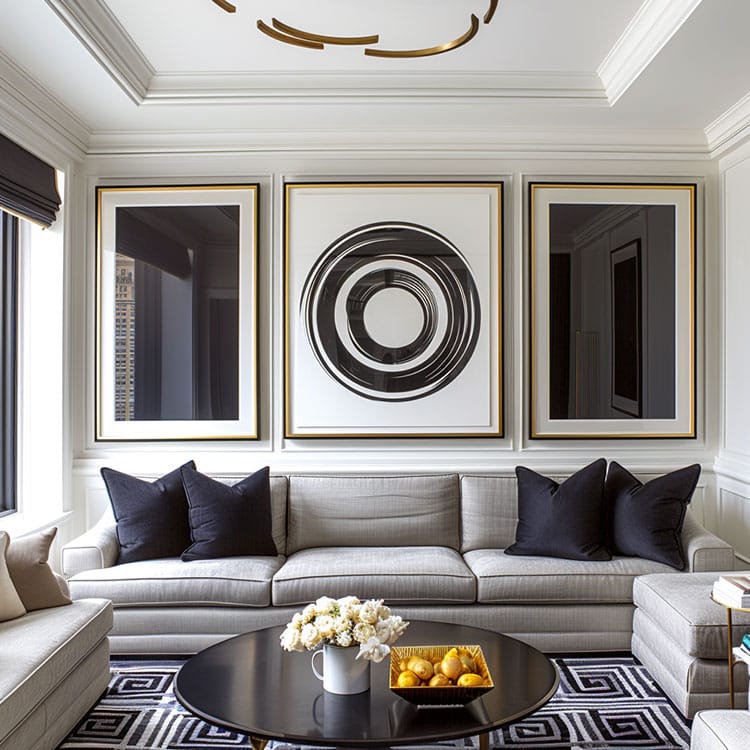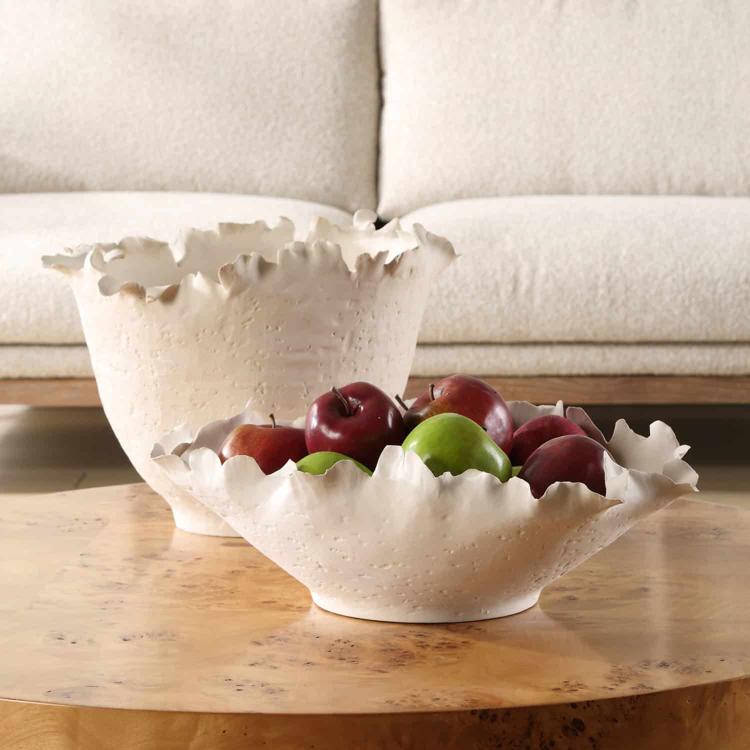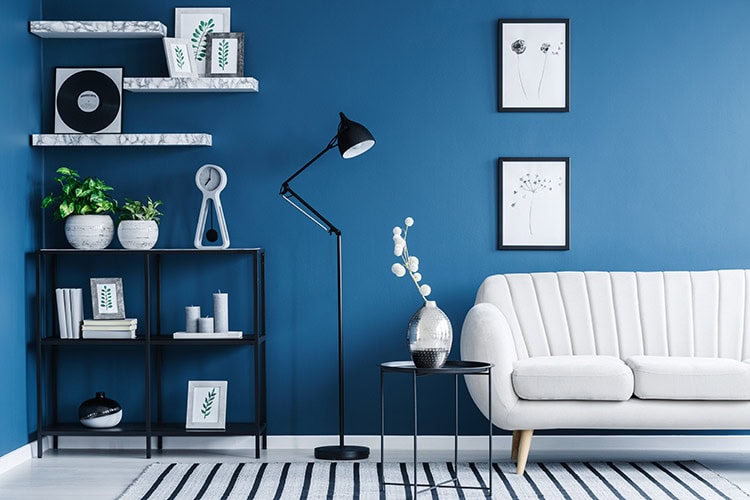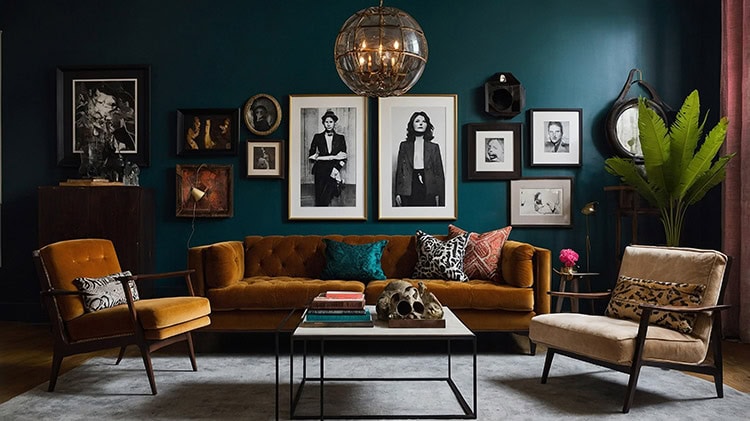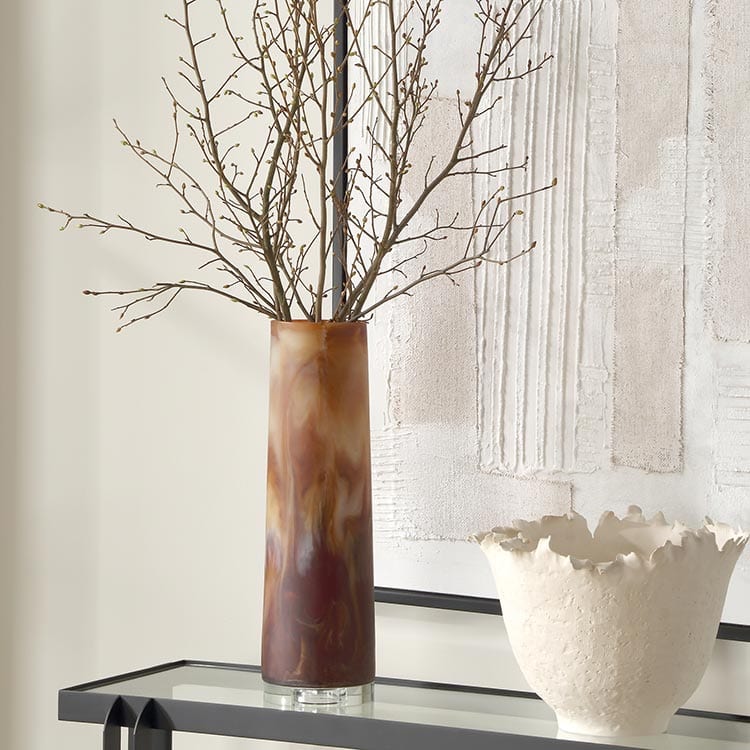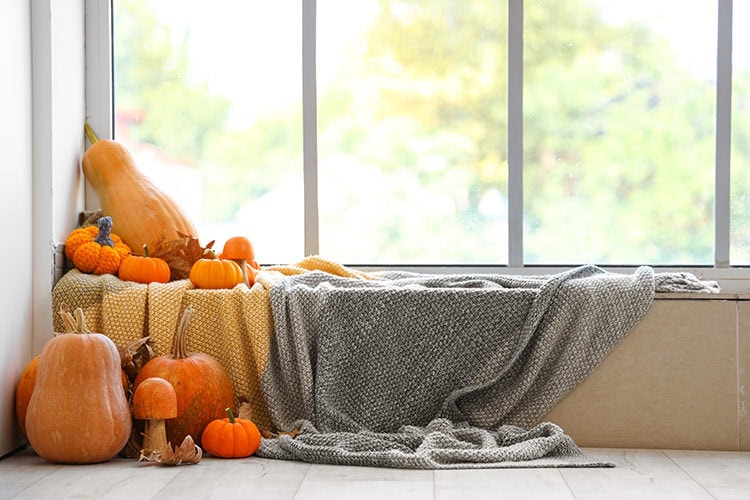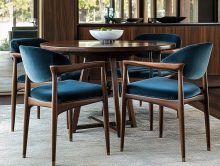Linen, a popular fabric used in the fashion world, is often forgotten when it comes to home decorating. This fiber, one of the oldest known to man, is not only beautiful but also has highly desirable longevity, making it a perfect choice for the interior of your home. If you love a relaxed, yet elegant style, then linen is the fabric for you. Continue reading to learn what makes it so great as well as ways it can be used.
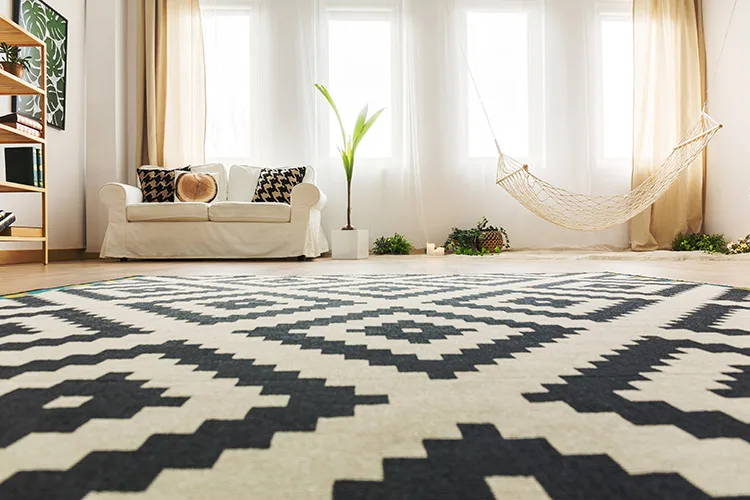
How Linen is Made
The process of making linen is one that’s incredibly labor-intensive, but the results can be amazing. Typically, linen is grown and processed throughout Europe, Russia, and China. In regards to production, the mills of Northern Italy are known to produce the best linen, with mills in Belgium, Ireland, and France producing high-quality fabric as well.
The process of making linen is as follows:
First, the flax plants are harvested. Since the best quality linen fibers come from plants that still have the roots intact, linen is still harvested by hand.
Once the stalks have been pulled, the fibers must be separated from the rest of the stalk. This is commonly done by submerging the stalks in water (usually a pond, bog, river, or stream) until the stems rot. Again, this is done by hand as there is really no machinery that can help. While chemicals could be used to break down the stalks, the fibers are of much lower quality.
The retted stalks (called straw) are then dried, cured, and passed between rollers that crush it into a state suitable for the final steps of processing which involves scraping the remaining bits of wood from the fiber (called scutching).
Finally, the fibers go through a process called heckling, which is where the fibers are combed through a bed of nails. This process removes the shorter fibers and leaves the longer fibers behind. It’s these long fibers that are spun into quality linen yarn.
The Perks of Linen
Each type of fabric out there has its own unique qualities and linen is no different. Here are some things you might not have known about this wonderful fiber:
Linen is environmentally friendly. To understand why linen is eco-friendly, you must first know more about flax, the fiber of which linen is composed.
- The flax plant produces no waste because it can be used in its entirety
- It is recyclable and biodegradable because it is a natural fiber
- The energy required to process flax is very minimal
- It requires less water and fewer pesticides because it grows naturally
These amazing traits make it easy to see why linen is so much better for the environment than other fibers.
Linen has healing properties. Normally we don’t link fabric to healing, but with linen, you can! Some healing properties of linen include, but are not limited to:
- Less or no more skin irritations
- Cleaner air
- Relaxed cardiovascular, nervous, and muscular systems
It’s also anti-microbial, bug-repelling, and resistant to fungi, which are also great for the body.
Linen is a temperature-regulating fabric. You can use linen all year round. It evaporates moisture, keeping you cool in the summer, and becomes a natural insulator, keeping you warmer in the winter.
Linen is long-lasting. Linen is exceptionally strong whether it’s wet or dry. It’s twice as durable as cotton, retains its color, and stands up against dirt. It’s easy to wash, won’t stretch, and never loses strength even though it softens over time.
Linen goes with so many colors and styles. While linen can be dyed, natural linen typically falls somewhere between an oatmeal shade and a taupe. This makes it a gorgeous jumping-off point for other colorful or patterned fabrics. And, because it’s such a classic choice, it’s well-suited for any interior decorating style.
It’s important to remember that with pros, come cons. Fortunately, however, the cons of linen are very minimal. When decorating keep in mind that linen is known to wrinkle and stretch. This shouldn’t deter you from decorating it though. Instead, get those creative juices flowing.
How to Decorate With Linen
Linen is very versatile, making it a great fabric for both fun and function. Here are some ideas for your home:
- Dress up your windows. If you choose to pick long drapery over breezy curtains, be sure to let the drapes casually puddle on the floor. This will forgive any stretching of the fabric that may occur.
- Change up your bedding. Whether you use a linen duvet cover or simply put on crisp linen sheets, you’ll see and feel a difference as its organic appearance creates a sophisticated earthiness in your room.
- Recover furniture. Linen is a wonderful fabric for chair cushions and chaise lounges.
- Freshen up your bath. A common misconception is that linen only comes in white. Today, linen can be dyed to suit any design style, so don’t hesitate to use it for a lovely new shower curtain.
- Top off your table. Placemats, table runners, and napkins look great in linen.
Other fun ways you can use linen:
- Make your own dishtowels or cocktail napkins
- Use it to trim photo frames
- Create decorative pouches to hold bath salts
- Recover a lamp or chandelier shade
Linen can be bought at relatively inexpensive prices, so how much you want to use is up to you. Whether it’s a little or a lot, linen is a great fabric for your home decorating.
Taking Care of Linen Fabric
Like every upholstery fabric, linen benefits from regular maintenance. To help your linen last longer, aim to vacuum at least once a month to remove surface dirt that could grind down into the fibers. Since linen can hold a stain, it’s a fabric best suited for rooms with less traffic. A good rule of thumb is to follow the manufacturer’s instructions or call a professional upholstery cleaner.
If you love linen as much as we do, come visit us at one of our showrooms to pick from the best linen fabrics for your next project. Since linen comes in beautiful earthy tones, be sure to let us help you find complimentary fabrics for accent pillows or a custom-made furniture piece like an ottoman.

